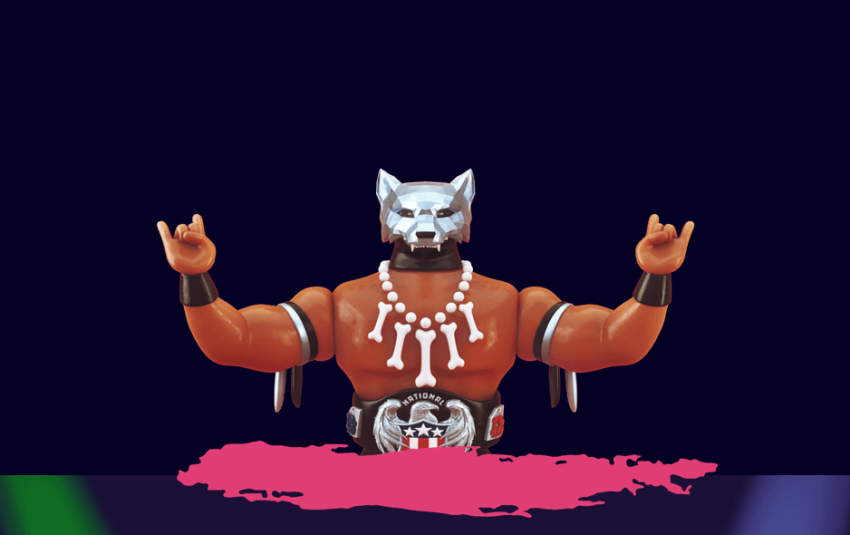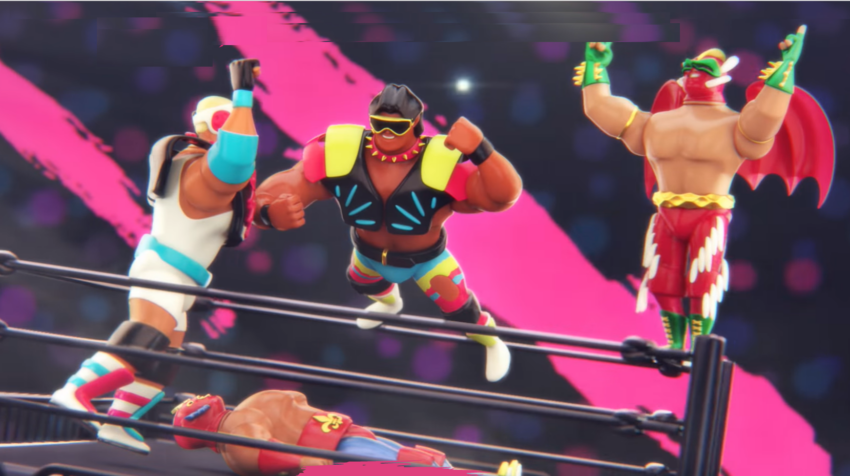Play-to-Earn: Gamer motivation to play games isn’t financial – it’s fun. Financial incentives and engaging gameplay need to find an equilibrium, says Michael Rubinelli, Chief Gaming Officer at WAX Studios.
Play-to-earn gaming – as its name suggests – is a new model of entertainment that allows users to earn tangible income from playing games. This is possible thanks to the benefits of blockchain, cryptocurrency, and NFTs.
Gamers get to enjoy an interactive experience that also generates some amount of native assets. However, since these assets are often decentralized, nothing stops them from selling these goods off-platform for a cash return.
While this forms the basis for the play-to-earn field, some issues still haven’t been worked out. For one, many of these platforms offer overly simplistic and derivative game types.
There’s also the issue around economics in many of these products. All too often, the inherent earning model incentivizes users to move money off the platform. This has a long-term drain on the system and is most likely unsustainable. There needs to be incentives to keep reinvesting earnings into an ecosystem to help it truly thrive.
Fortunately, play-to-earn games don’t have to be like this. New titles are emerging that breathe new life into the gameplay and offer a more balanced financial infrastructure.
Play-to-earn: Issues with current blockchain games
Whether you’re into card games, farming sims, or Pokemon-style combat, there are a plethora of opportunities readily available to gamers. At least, that is the idea, and there are many good efforts available today. Still, the truth is the field still has a ways to go if it is going to provide users with functional, safe, and entertaining games that are able to attract a wider audience.
The first problem often encountered when foraying into decentralized gaming is one of infrastructure. Much of the current GameFi landscape is built on Ethereum, which has notable limitations in terms of throughput and scalability. When a gamer is playing their favorite title, they don’t want to have to pause gameplay to wait for a blockchain transaction to confirm that could take up to several minutes – instant access is pivotal.
Play-to-earn: Security
Then there are concerns surrounding security. While the Ethereum blockchain itself is secure, many platforms use “bridges” to other chains that attempt to unite the speed of a layer 2 solution with the finality of the underlying blockchain. This can be a successful strategy, but far too often, these bridges themselves are the point of weakness that allow for exploits.
For example, the recent and notable hack of the Ronin bridge saw the popular blockchain game Axie Infinity lose over $620 million in assets. This highlights a key flaw in the ability of layer-2 solutions to solve all the problems currently facing layer-1 chains.
Even if both speed and security were to be solved, one other issue persists. This is the source of the games’ originality and fun factor. No matter how fast a platform is, nobody will care if it isn’t entertaining. Far too many of the current offerings are either fairly shallow or generic copies of established gameplay formulas. Existing gamers have seen what these types of games offer and won’t be swayed to play them for the chance to earn money if originality is not prioritized.
This is because their motivation to play games isn’t financial – it’s for fun. The people who are mostly playing P2E games are, in many cases, doing so because in their country, it can pay better than most entry-level jobs. To truly reach mass adoption, financial incentives and engaging gameplay need to find an equilibrium.

What Needs to Change
First and foremost, there needs to be an influx of solid, innovative, and ever-evolving creative content in upcoming P2E games. Developers need to look at what has traditionally worked in the most popular Web2 games and then go even further. Blockchain considerations should come into play only after a fundamentally sound gaming experience has been worked out. This will ensure that there is a reason for any gamer to come to the offering, but those looking for financial incentives will still be satisfied as well.
Just as important to the entertainment value is the underlying infrastructure. The networks that form the foundation for these offerings need to be able to handle thousands of transactions per second. Anything less and there’s no way they can provide services to the wider audience demanded by mass adoption. There needs to be virtually no upper limit on how many people can access and use the system, and transactions need to be near-instantaneous, or else it simply won’t meet the needs of modern gamers.
Play-to-earn: Bridges
This type of throughput needs to be available via a layer-1 blockchain. Layer-2 solutions certainly have their place, but these networks are often far too complicated for the average user. The bridges attached to these networks also add a potential attack vector if not properly secured, as witnessed in the aforementioned Ronin hack. By providing a Layer-1 solution that is fast and secure, there are fewer ways that problems can be found and exploited. This should greatly improve security, giving players the comfort that their funds are safe.
For example, the recent Ronin hack couldn’t have happened on an exclusively Layer 1 solution with proper decentralization. For one, Ronin only implemented nine validators, meaning the attacker only needed to compromise five of them to have blockchain control. A fully decentralized blockchain, on the other hand, has validators all over the world, making the prospect of taking over the system far more unlikely. Furthermore, by ensuring all smart contracts are fully audited by third parties, networks can ensure maximum security and functionality. This eliminates any realistic vector for such a hack to occur.

Some Important Steps Forward
Fortunately, there have been efforts to address these issues, with a variety of results. Blockchains such as Solana, WAX, and Binance Smart Chain are all following their own paths to scaling and security. Each of these platforms stands to form the basis for better Web 3 services and hence better blockchain gaming.
While the technical foundations are becoming more robust, quality issues still pervade. Nevertheless, things are beginning to change on this front as well.
For example, the recently launched Blockchain Brawlers brings digital, pro-wrestling style matches where players can compete in engaging battles and earn rewards. Rather than being a basic means to cash out earnings, the game offers a variety of incentives to reinvest assets and further expand player rosters and accessories. The game is still evolving but promises to deliver such varied experiences as PvP matches – designed by Magic: The Gathering creator Richard Garfield – tournaments and a variety of match types.
This is the type of strategy and engagement that the P2E industry needs to expand and attract new users.
Ultimately, addressing the issues surrounding scalability, safety and fun will be necessary for any network or platform that wants to do well in the GameFi space. While it’s good to see new steps forward being made, the need to constantly develop remains. New projects should look to both what has worked in the past, and how they can improve it if they want their next title to see the type of success that many legacy offerings have enjoyed.
About the Author

Michael Rubinelli is the Chief Gaming Officer at WAX Studios. Rubinelli is a technology and gaming leader with 15+ years’ progressive experience in executive leadership, product development, and continual revenue growth and is renowned for his success at top corporations (including Disney, THQ, Electronic Arts). Michael has now turned his attention to Play-to-Earn games and spends most of his time expanding the Gaming Division of WAX Blockchain.
Got something to say about play-to-earn gaming or anything else? Write to us or join the discussion in our Telegram channel. You can also catch us on Tik Tok, Facebook, or Twitter.
Disclaimer
All the information contained on our website is published in good faith and for general information purposes only. Any action the reader takes upon the information found on our website is strictly at their own risk.


